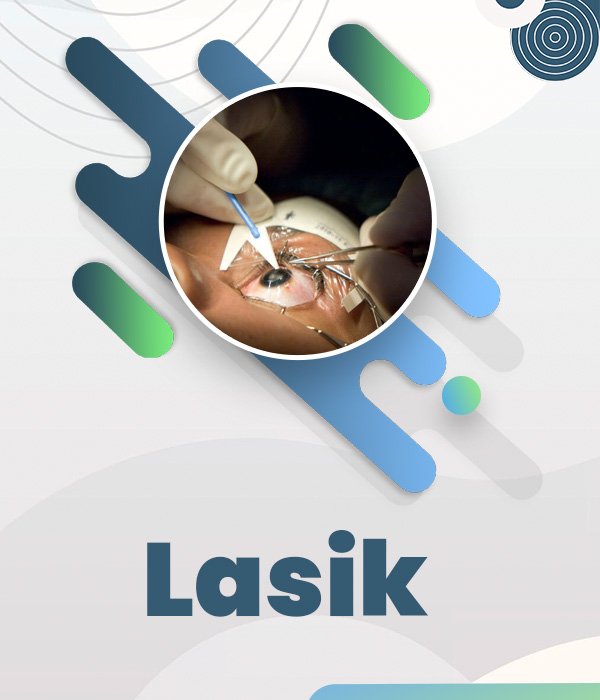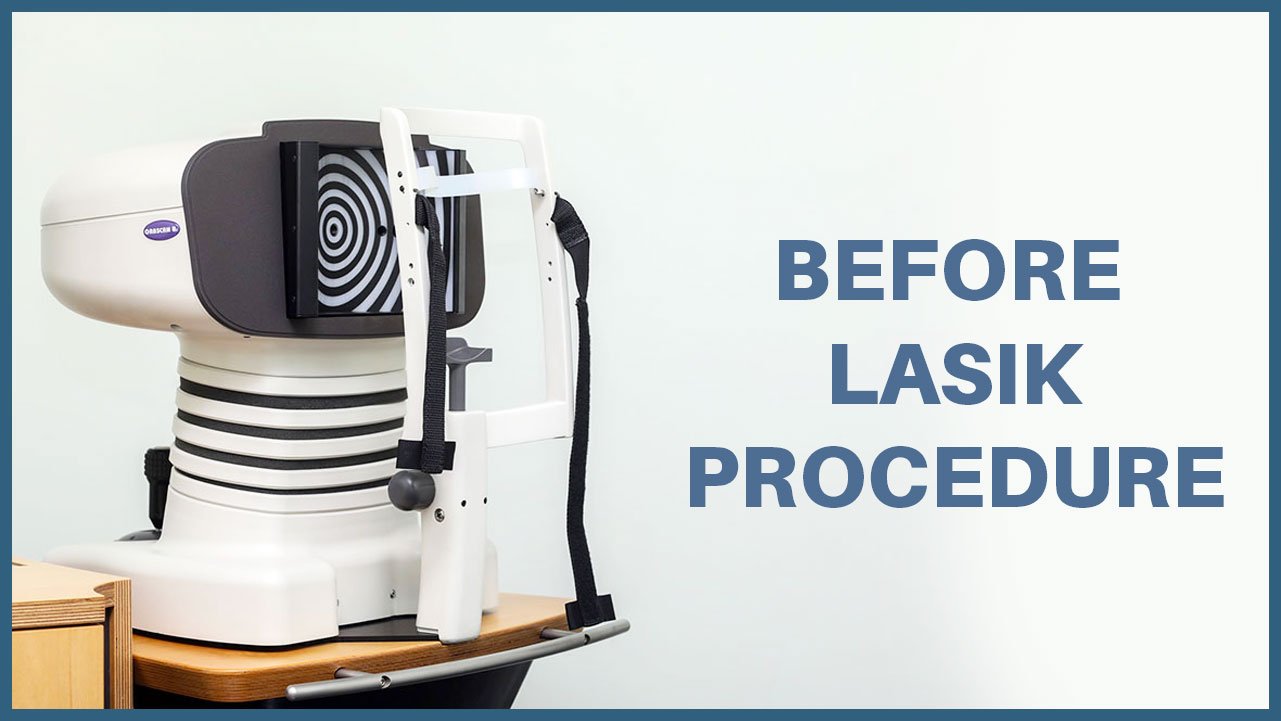


In order to decide whether you’re a good candidate for LASIK, your eye doctor will examine your eyes to determine their health, what kind of vision correction you need, and how much laser ablation is required. Just as in a regular eye exam, he will use instruments such as an auto keratorefractor (to determine your prescription and accurately assess your astigmatism); a Slit Lamp (to look into the back of the eye under high magnification); and a tonometer (to determine intraocular pressure — if it’s high, this may be an early sign of glaucoma).
Your doctor will also look for signs of dry eye disease, if excessively dry they may need to be treated before LASIK can be performed.
A corneal topographer is a next step. This device photographs your eye and creates a kind of “map” of your cornea. No one has a perfectly rounded cornea, and the topographer will display the corneal irregularities and the steepness or flatness that the surgeon must correct.
Your corneal thickness will be evaluated as will the quality of your cells on the inner surface of the cornea using a “Specular Microscope”. It tells how safe is it for you and how much correction can be done safely.
Your doctor will also use a new “Wavefront” device, termed the “abberometer” which sends waves through the eye to provide an even more precise map of the aberrations that are affecting your vision.
Finally, the doctor will question you about any health problems you have or the medications you take. Some health conditions will disqualify you altogether for LASIK, but others may just postpone the procedure until a later date.




